Bad Muskau Castle / Neues Schloss Bad Muskau
German Version
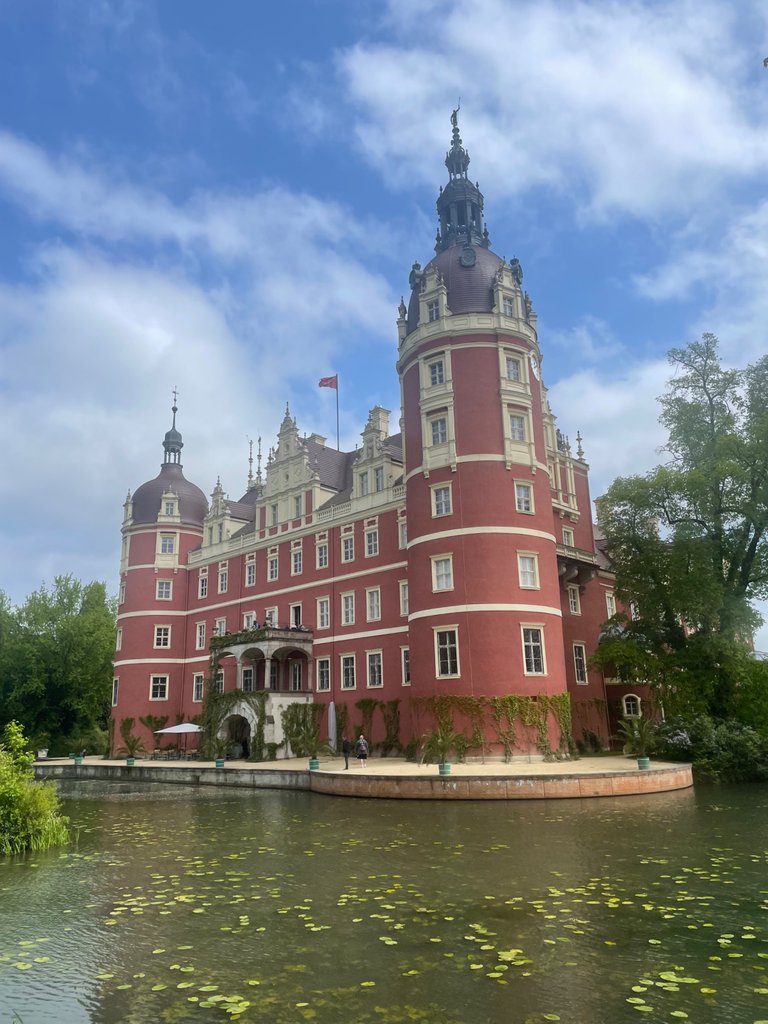
My dear readers,
Today I would like to take you to the outermost edge of Saxony's sphere of influence, to Bad Muskau. Even away from my city limits, there are beautiful and admirable places with a moving history. The magnificent castle in Bad Muskau is a good example of both a successful building and an eventful history, which I would like to take you on a brief journey through.
First mentions up to the 16th century
As early as 1245, there are documented references to the existence of an early castle complex. In 1361, the castle was referred to as a "veste", whereby at least part of the complex was already built of stone. In the course of the 15th century, the complex was extended to the present areas of the south and west wings.
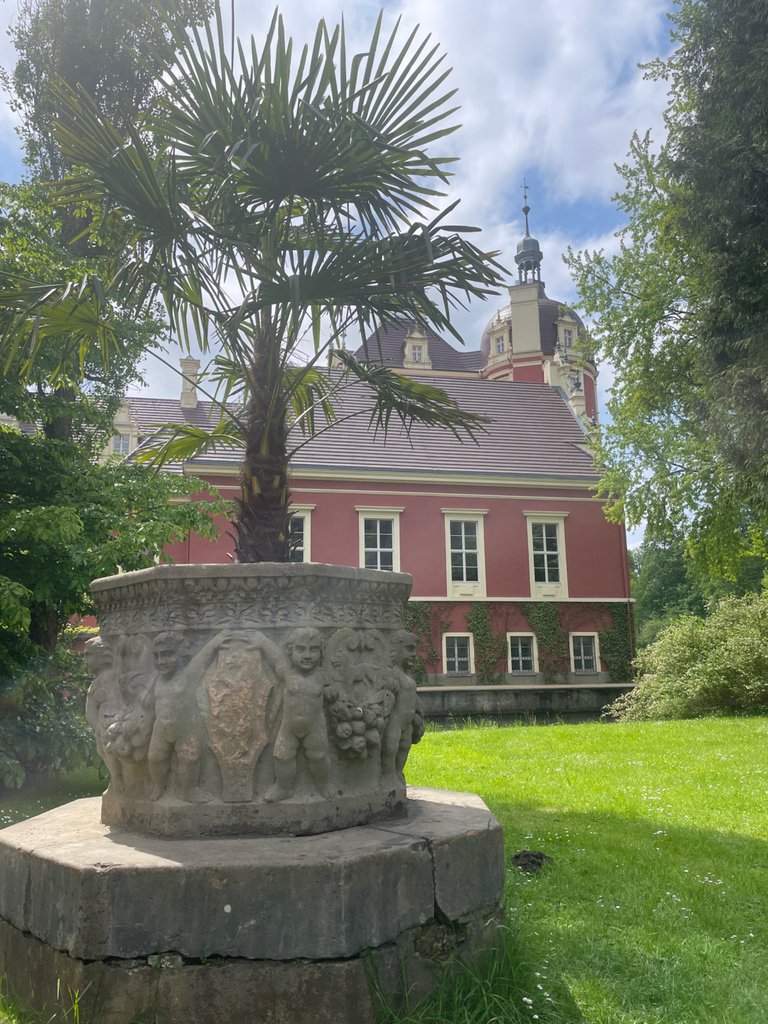
Change in the 16th century
Under the rule of Hans Georg von Schönaich (1573-1587), the medieval fortress was transformed into a representative castle. However, a devastating fire occurred on Christmas Eve in 1586, destroying large parts of the castle. By 1606, the castle had been rebuilt, and possibly the third wing, the north wing, was built.
18th century
During the Thirty Years' War, the castle was badly damaged by arson in 1643. In the following 140 years, Curt Reinicke I von Callenberg, his son, and his grandson shaped the building phase of the castle. During this time, among other things, the Knight's Hall, which later became the library, was furnished with elaborate stuccowork. In addition, various upper floors were completed, a representative stone staircase was erected in the west wing, and the courtyard level was raised, giving the castle a stronger orientation towards the garden side.
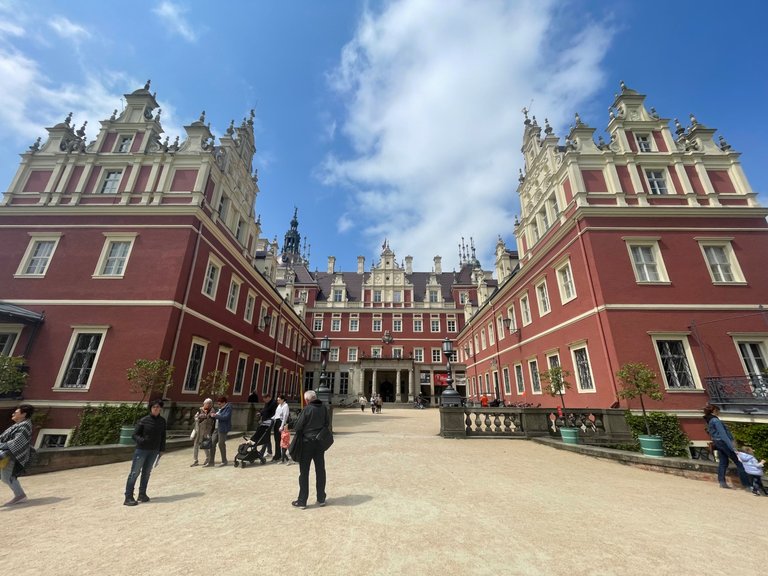
19th century
In the 19th century, Prince Pückler, a person I would like to talk about in more detail elsewhere, carried out an extensive redesign of the castle grounds. The fortress walls, bridges, and the ring-shaped moat were demolished. The palace ramp planned by K. F. Schinkel was built in 1825. The next owner, Prince Frederick of the Netherlands, had extensive alterations carried out from 1863 to 1867, which gave the palace a new appearance in the Nordic Renaissance style.
20th century
In 1919, a modernization and redesign of the representative rooms began. A hall extension was built, which was completed in 1925. Unfortunately, the palace was again the victim of a fire in April 1945 during the last days of the war and fell into ruin until the 1990s.
Reconstruction of the New Palace
In 1992, the Free State of Saxony took over Muskau Park and initiated security measures for the palace ruins. Rubble was removed, architectural elements in danger of collapsing were removed, and the tops of the walls were secured and sealed. From March 1996 onwards, work began on securing the substance of the New Palace and repairing the exterior, including the installation of ceilings, windows and doors as well as the roof structure. This work was essentially completed in 1999.
After it was decided to restore the palace to its last condition before the destruction by fire, the north wing was converted into the "Muskauer Schule" (Muskau School), a training center for the preservation of garden monuments, and the entire palace complex was made accessible to the media between 2001 and 2003. The façades were further completed, and in March 2006 the lantern and the crowning figure were placed on the south-west tower. In September 2008, the south wing was opened with a permanent exhibition, followed by the west wing in 2012, which houses a café, special exhibition rooms, and administrative offices. With the completion of the Festival Hall in 2013, the reconstruction of the New Palace was completed, financed by the federal government and the Free State of Saxony.
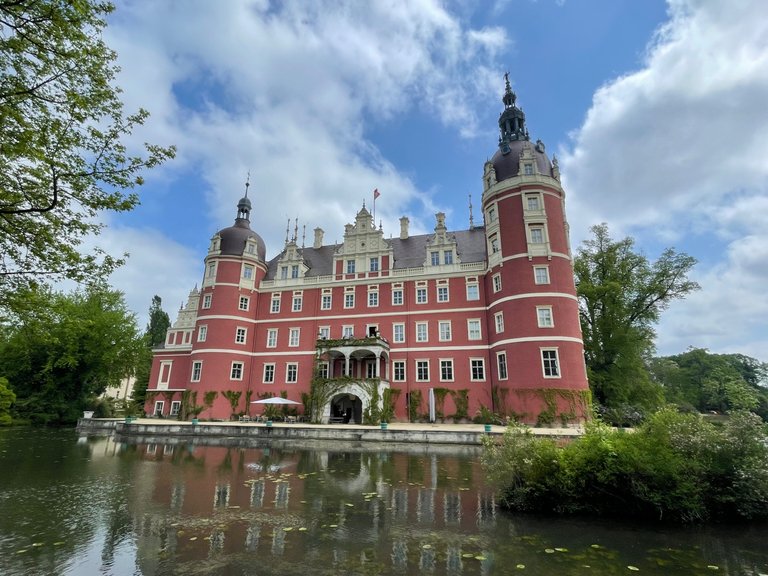
It fills me with pride and joy to see the New Palace shining again in full splendor after many years of decay and destruction. Visit Bad Muskau and experience the fascinating history and unique beauty of this wonderful castle firsthand.
Your City-of-Dresden
German Version

Verehrte Leserschaft,
heute möchte ich Sie an den äußersten Rand des sächsischen Einflussbereiches, nach Bad Muskau entführen. Auch abseits meiner Stadtgrenzen findet sich durchaus Schönes und Bewundernswertes mit bewegender Geschichte. Das prächtige Schloss in Bad Muskau gibt hier ein gutes Beispiel, sowohl für ein gelungenes Bauwerk, als auch für eine bewegte Geschichte, in welche ich Sei kurz entführen möchte.
Erste Erwähnungen bis zum 16. Jahrhundert
Schon seit dem Jahr 1245 finden sich urkundliche Erwähnungen, die auf die Existenz einer frühen Burganlage hinweisen. Im Jahr 1361 wurde die Burg als "veste" bezeichnet, wobei zumindest ein Teil der Anlage bereits aus Stein erbaut war. Im Laufe des 15. Jahrhunderts wurde der Komplex auf die heutigen Bereiche des Süd- und Westflügels erweitert.

Wandel im 16. Jahrhundert
Unter der Herrschaft von Hans Georg von Schönaich (1573-1587) wandelte sich die mittelalterliche Festung in ein repräsentatives Schloss. Allerdings ereignete sich in der Heiligen Nacht des Jahres 1586 ein verheerender Brand, der große Teile des Schlosses zerstörte. Bis 1606 wurde das Schloss wieder aufgebaut und möglicherweise der dritte Flügel, der Nordflügel, errichtet.

18. Jahrhundert
Während des Dreißigjährigen Krieges wurde das Schloss im Jahr 1643 durch Brandstiftung stark beschädigt. In den folgenden rund 140 Jahren prägten Curt Reinicke I. von Callenberg, sein Sohn und sein Enkel die Bauphase des Schlosses. In dieser Zeit wurde unter anderem der Rittersaal, der später zur Bibliothek wurde, mit aufwändigen Stuckaturen ausgestattet. Zudem wurden verschiedene Obergeschosse fertiggestellt, eine repräsentative steinerne Treppe im Westflügel errichtet und das Hofniveau angehoben, wodurch das Schloss stärker zur Gartenseite hin ausgerichtet wurde.
19. Jahrhundert
Im 19. Jahrhundert führte Fürst Pückler, eine Person von der ich gern an anderen Stelle noch ausführlicher berichten möchte, eine umfangreiche Umgestaltung des Schlossareals durch. Dabei wurden die Festungsmauern, Brücken und der ringförmige Wassergraben abgerissen. Die von K. F. Schinkel geplante Schlossrampe wurde im Jahr 1825 errichtet. Der nächste Besitzer, Prinz Friedrich der Niederlande, ließ von 1863 bis 1867 umfangreiche Umbaumaßnahmen durchführen, die dem Schloss ein neues Aussehen im Stil der nordischen Renaissance verliehen.
20 Jahrhundert
Im Jahr 1919 begann eine Modernisierung und Neugestaltung der repräsentativen Räume. Es wurde ein Saalanbau errichtet, der im Jahr 1925 fertiggestellt wurde. Leider wurde das Schloss im April 1945 in den letzten Kriegstagen erneut Opfer eines Brandes und verfiel bis in die 1990er Jahre zu einer Ruine.
Wiederaufbau des Neuen Schlosses
Im Jahr 1992 übernahm der Freistaat Sachsen den Muskauer Park und leitete die Sicherungsmaßnahmen für die Schlossruine ein. Es wurden Trümmerschutt beseitigt, einsturzgefährdete Architekturteile entfernt und die Mauerkronen gesichert und abgedichtet. Ab März 1996 begann die Substanzsicherung und äußere Instandsetzung des Neuen Schlosses, einschließlich des Einbaus von Decken, Fenstern und Türen sowie des Dachaufbaus. Diese Arbeiten waren im Wesentlichen im Jahr 1999 abgeschlossen.
Nachdem beschlossen wurde, das Schloss in seinem letzten Zustand vor der Brandzerstörung wiederherzustellen, erfolgte in den Jahren 2001 bis 2003 der Ausbau des Nordflügels zur "Muskauer Schule", einer Fortbildungsstätte für Gartendenkmalpflege, sowie die Medienerschließung des gesamten Schlosskomplexes. Die Fassaden wurden weiter vervollständigt, und im März 2006 wurde die Laterne sowie die Bekrönungsfigur auf den Südwestturm angebracht. Im September 2008 wurde der Südflügel mit einer Dauerausstellung eröffnet, gefolgt vom Westflügel im Jahr 2012, der ein Café, Sonderausstellungsräume und Verwaltungsräume beherbergt. Mit der Fertigstellung des Festsaals im Jahr 2013 wurde der Wiederaufbau des Neuen Schlosses abgeschlossen, der vom Bund und dem Freistaat Sachsen finanziert wurde.

Es erfüllt mich mit Stolz und Freude zu sehen, wie das Neue Schloss nach vielen Jahren des Verfalls und der Zerstörung wieder in voller Pracht erstrahlt. Besuchen Sie Bad Muskau und erleben Sie die faszinierende Geschichte und die einzigartige Schönheit dieses wundervollen Schlosses hautnah.
Ihre City-of-Dresden
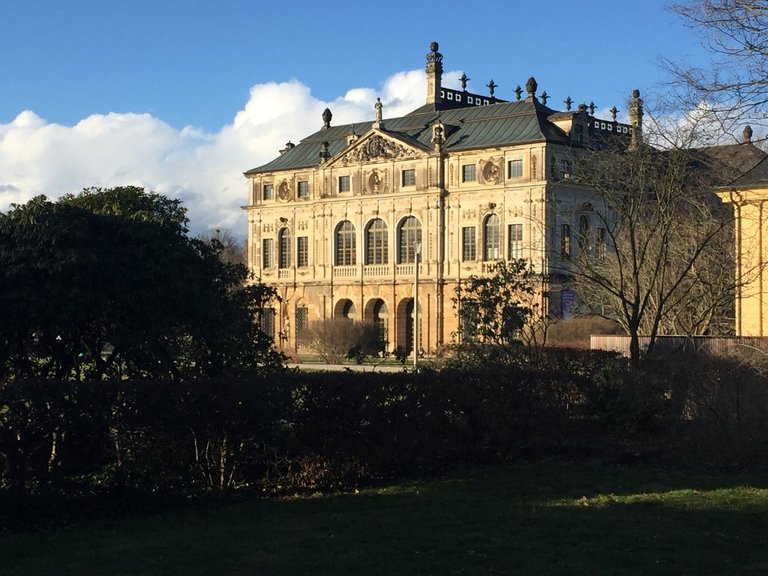 |
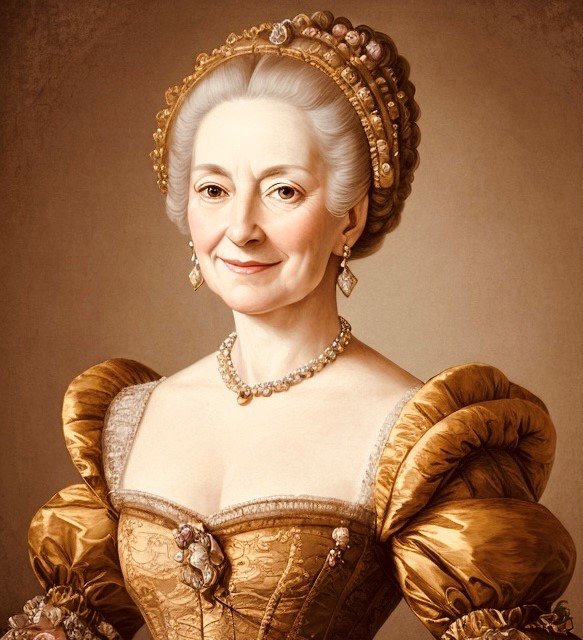
| 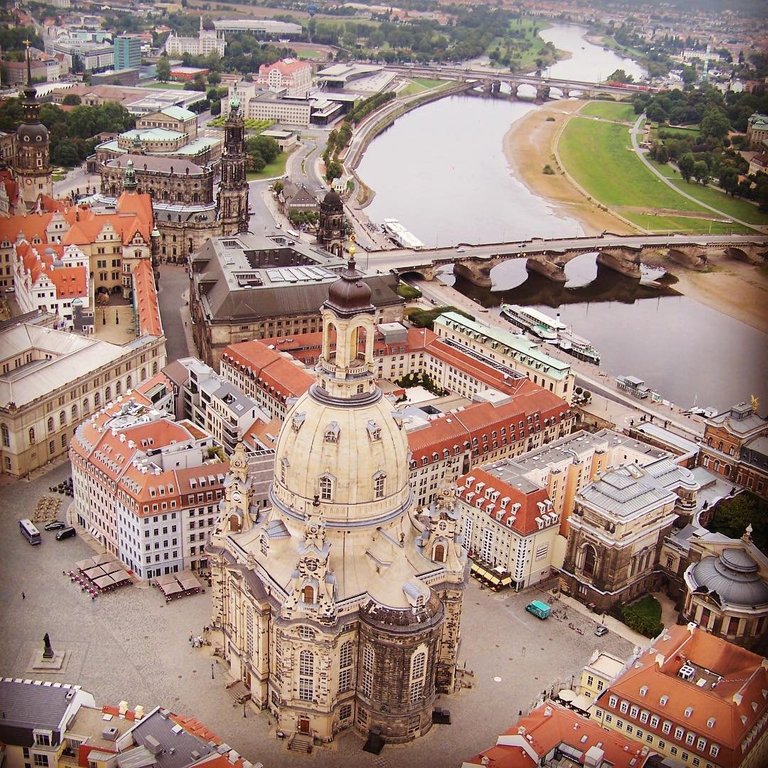 |
https://leofinance.io/threads/city-of-dresden/re-leothreads-3aaruydxd
The rewards earned on this comment will go directly to the people ( city-of-dresden ) sharing the post on LeoThreads,LikeTu,dBuzz.
Congratulations, your post has been added to Pinmapple! 🎉🥳🍍
Did you know you have your own profile map?
And every post has their own map too!
Want to have your post on the map too?
Your article helps me better understand Bad Muskau Castle, an ancient and lasting castle with time @city-of-dresden
Ein wunderschönes Wasserschlösschen :-) Die Renovierung war mal eine vernünftige Investition.
Rehived.
Sehr sehr schön 👍👍👍
!PGM
BUY AND STAKE THE PGM TO SEND A LOT OF TOKENS!
The tokens that the command sends are: 0.1 PGM-0.1 LVL-0.1 THGAMING-0.05 DEC-15 SBT-1 STARBITS-[0.00000001 BTC (SWAP.BTC) only if you have 2500 PGM in stake or more ]
5000 PGM IN STAKE = 2x rewards!
Discord
Support the curation account @ pgm-curator with a delegation 10 HP - 50 HP - 100 HP - 500 HP - 1000 HP
Get potential votes from @ pgm-curator by paying in PGM, here is a guide
I'm a bot, if you want a hand ask @ zottone444
Simply majestic! I love this old architecture!